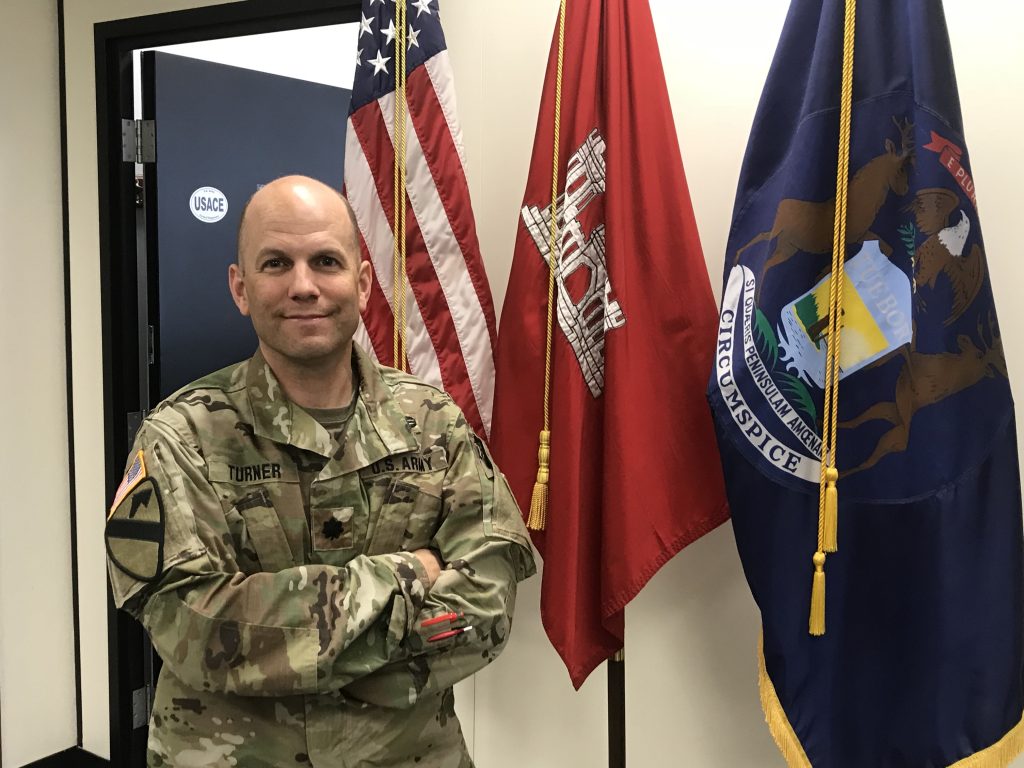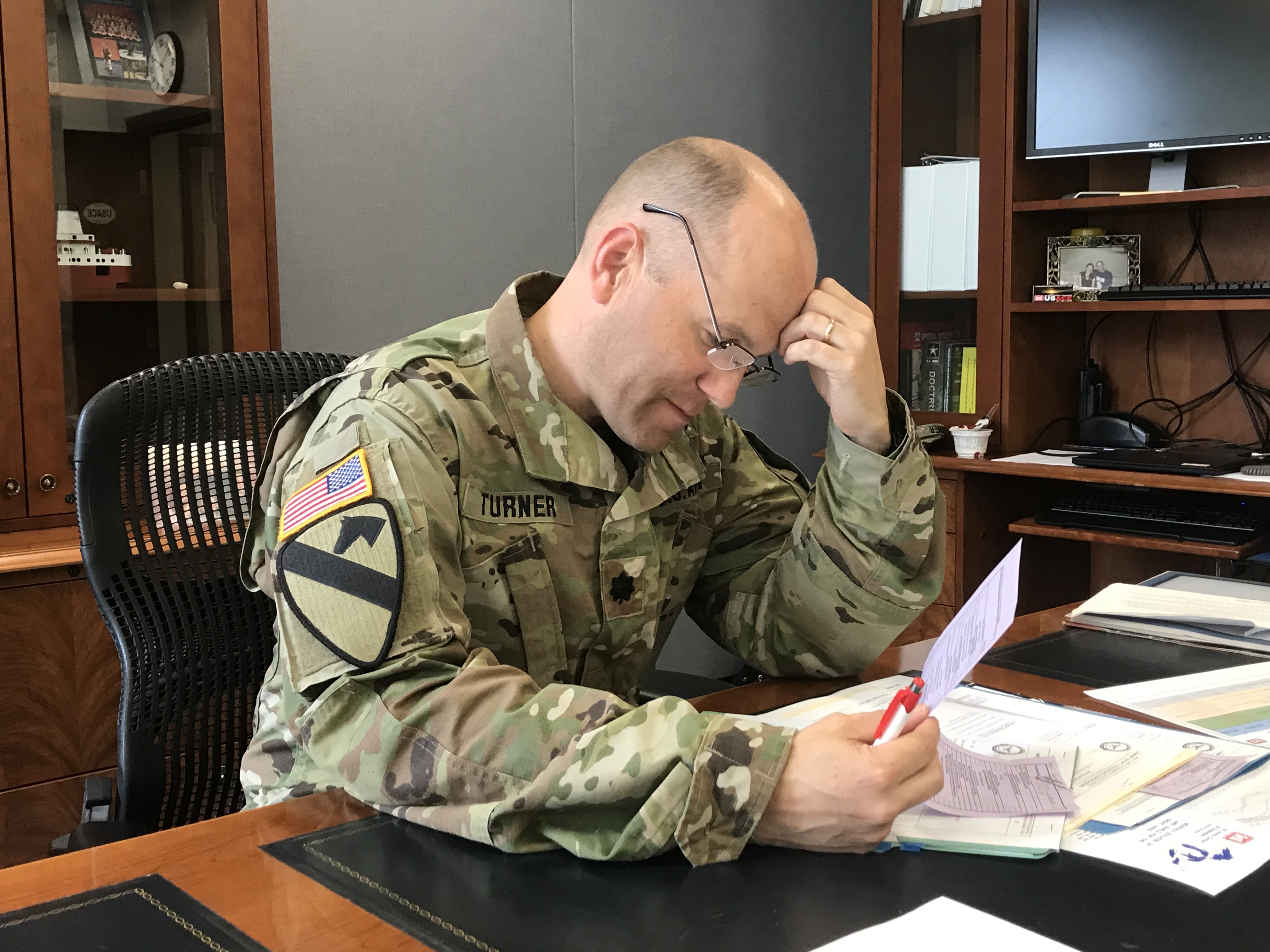Corps Values: Army Engineers Keep Things Moving
Meet the CO of the Army Corps of Engineers Detroit District.

Boats large and small pass through the many harbors along the Great Lakes most days of the year. Who ensures they can navigate those waterways safely? The U.S. Army Corps of Engineers does.
One of the corps’ responsibilities is to maintain navigation by dredging harbors–that is, removing silt from the bottom of rivers to prevent vessels from getting stuck. If something needs repair or replacement, such as a pier, the engineers fix it or build a new one.

“We are construction experts,” says Lt. Col. Greg Turner, commanding officer of the corps’ Detroit district. That expertise will come in handy when it’s time to build a new shipping lock in Sault Ste. Marie, Mich. The U.S. House authorized almost $1 billion to build a new lock in the Soo, a project that was first proposed in 1986, but never funded. President Donald Trump pledged to “fix” the lock as part of his proposal to improve America’s infrastructure. Turner says it would take at least seven years to build a lock large enough to handle the largest ships on the Great Lakes. Only one lock, the Poe, fits the bill now.
Turner says building a new lock is his top priority.
“Of the four locks, only two are still in working condition,” Turner says. “The other two are over 100 years old that we’ve put out of service. The remaining locks are 75 years old and 50 years old.”
The C.O. notes that nearly all of the domestically produced high-strength steel comes from iron ore that passes through the Soo locks, making the St. Mary’s River the linchpin of the U.S economy.
“It affects the automobile industry, it affects the appliance industry, it affects almost anything that we make in America with high-strength steel,” Turner says.
More about the mission
Navigation is just one of the Army Corps of Engineers’ responsibilities. It also helps local communities manage their flood risk and works with them on environmental restoration projects. Lt. Col. Turner’s troops are involved in the reconfiguration of Galloway Creek, a tributary of the Clinton River.
“What we’re doing is taking what was a creek running through a residential area and a golf course and changing how the creek works, and make it into a more natural stream bed,” Turner says.
Not just builders
The Army Corps of Engineers employ about 34,000 people, not all of whom are engineers.
“There are biologists, financial experts, economists, a lot world-class experts work for the corps,” Turner says.
As for the future of a new lock at the Soo, the colonel says the economic benefit would be almost twice the cost to build it.
Click on the audio player to hear the conversation with WDET’s Pat Batcheller.
More from WDET

